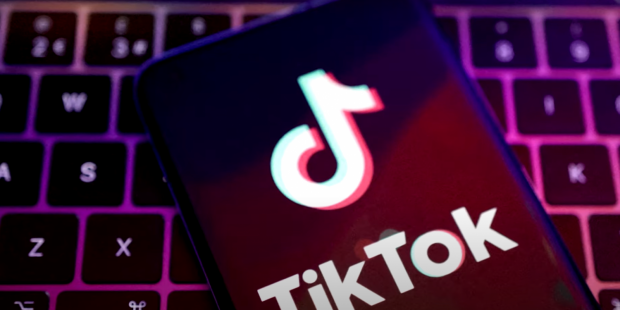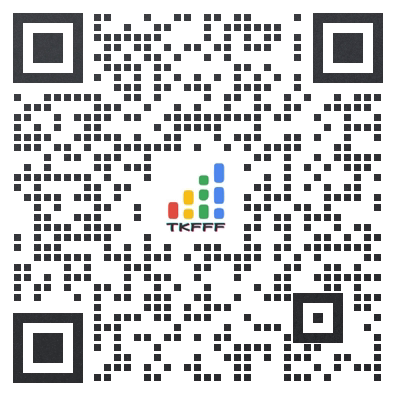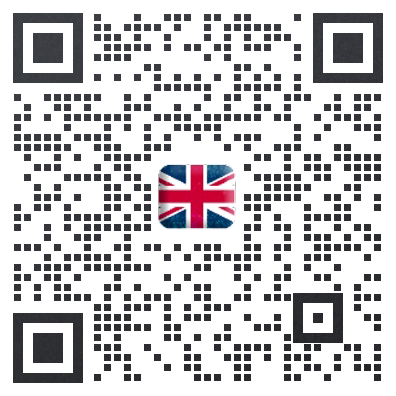TikTok’s New Update Implements Automated AI-Generated Content Labeling, Partnering With C2PA For Enhanced Transparency

(Photo : YouTube Screenshot/Reuters)
In a recent bid to increase its accountability and make its platform less susceptible to misuse of artificial intelligence (AI) technology, popular video-sharing app TikTok has said it will begin to manually include labeling of AI-produced content. This prevents user engagement with fake contents, which is in line with preventing fake news, fake accounts, and fake products that are trending in social media platforms and posing detrimental effects to the society. It also describes the partnership with C2PA to ensure that the policy is implemented effectively through TikTok.
Partnership With C2PA And Content Credential Technology
New policies on Tiktok will be supplemented by collaboration with the Coalition for Content Provenance and Authenticity (C2PA). It is an openly available technical standard that has undergone a development process in coordination with technology giants including Intel, Adobe, Microsoft, Arm, among others forming the core that sourced for the development of the C2PA. This partnership will enable TikTok to harness technology and implement its capability to monitor or detect AI-created works.
The key technology driving this initiative is Content Credentials, which will enable the automatic labeling of synthetic content. Initially, this feature will be applied to images and videos. The company has announced plans to extend the labeling capability to audio-only media in the coming weeks. The integration of Content Credentials will help users identify AI-generated content even if it is downloaded and edited outside the platform.
“With TikTok’s vast community of creators and users globally, we are thrilled to welcome them to both the C2PA and CAI as they embark on the journey to provide more transparency and authenticity on the platform,” said Dana Rao, Adobe’s General Counsel.
Future Integration And Educational Initiatives
Looking ahead, TikTok plans to embed the Content Credential technology into the platform’s native content creation tools. This means that content generated on TikTok will automatically bear stamps that tell whether it was produced or modified using AI. This action is touted to improve content attribution to a whole new level; in other words, users will be able to easily distinguish between the real and fake content they are consuming through their gadgets.
Despite having technical measures, TikTok also actively contributes to educational campaigns for the dangers of artificial intelligence-produced content.
The platform that is currently in the planning phase will involve Mediawise and WITNESS to design and create media literacy resources which will help users understand the dangers that come with using AI-generated media. These will range from detailed directories and guides to a series of videos that will incorporate input from WITNESS.
“We’ll also be launching a campaign to raise awareness around AI labeling and potentially misleading AI-generated content, with a series of videos we developed with expert guidance from WITNESS,” the announcement stated.
Addressing Regulatory Pressures And Deepfake Scams
This move comes at the backdrop of rising regulatory scrutiny and public concerns over the potential abuse of technology, especially in the way of deepfake scams that are prevalent in the application. Such cons have spread across different industries, but the cryptocurrency niche has been particularly impacted.
Recent events, for instance the deepfake videos that were used to defraud unsuspecting members of the public in Hong Kong and targeting Elon Musk, are causes for concern due to their potentially devastating impacts.
This is in response to the regulators of Artificial Intelligence around the globe demanding consonant guidelines regarding labeling of AI created content and demanding strong punitive measures for failure to follow the same. There is also an effort to have a united front in trying to get standardization of legal frameworks internationally which would help eliminate cases of regulatory disease control.
Following from there, TikTok has become the first social media platform yet to integrate an automatic AI content labeling feature through the adoption of the C2PA standards. This is not only useful for setting a new standard for the entire industry, but also contributes to the further endeavor of preserving authenticity in the virtual world, as a result of the increasing presence of AI.
TikTok’s approach to Content Management which includes and focuses on AI-generated content shows how the company is open and willing to ensure that users of the platform get nothing but the truth. Therefore, self-regulation and changing its users’ behavior can help TikTok take a leadership position in the confrontation with artificial intelligence.
The platform, as it progresses with these strategies, is poised to play a global role in the way fake content generated through AI is viewed and dealt with in the digital landscape.
文章来源:mobilenapps
TKFFF公众号
扫码关注领【TK运营地图】

TKFFF合作,请扫码联系!







 闽公网安备35021102002035号
闽公网安备35021102002035号